Mendoza, in the central west of the Argentine Republic, is the main wine producer and exporter in the country. It has 18 departments, with their own characteristics, different rhythms of life, varied landscapes, but the same leitmotiv: the irrigation canals created by the native inhabitants of the region and improved with the centuries by the people of Mendoza.
Each department has its idiosyncrasy and its ways of producing wine. For example, Bonarda is making strong progress in the Department of San Martín and sparkling wines are making history in Guaymallén. There is even a wine town called La Consulta in San Carlos.
We invite you to discover them all at your pace and fall in love with Mendoza.
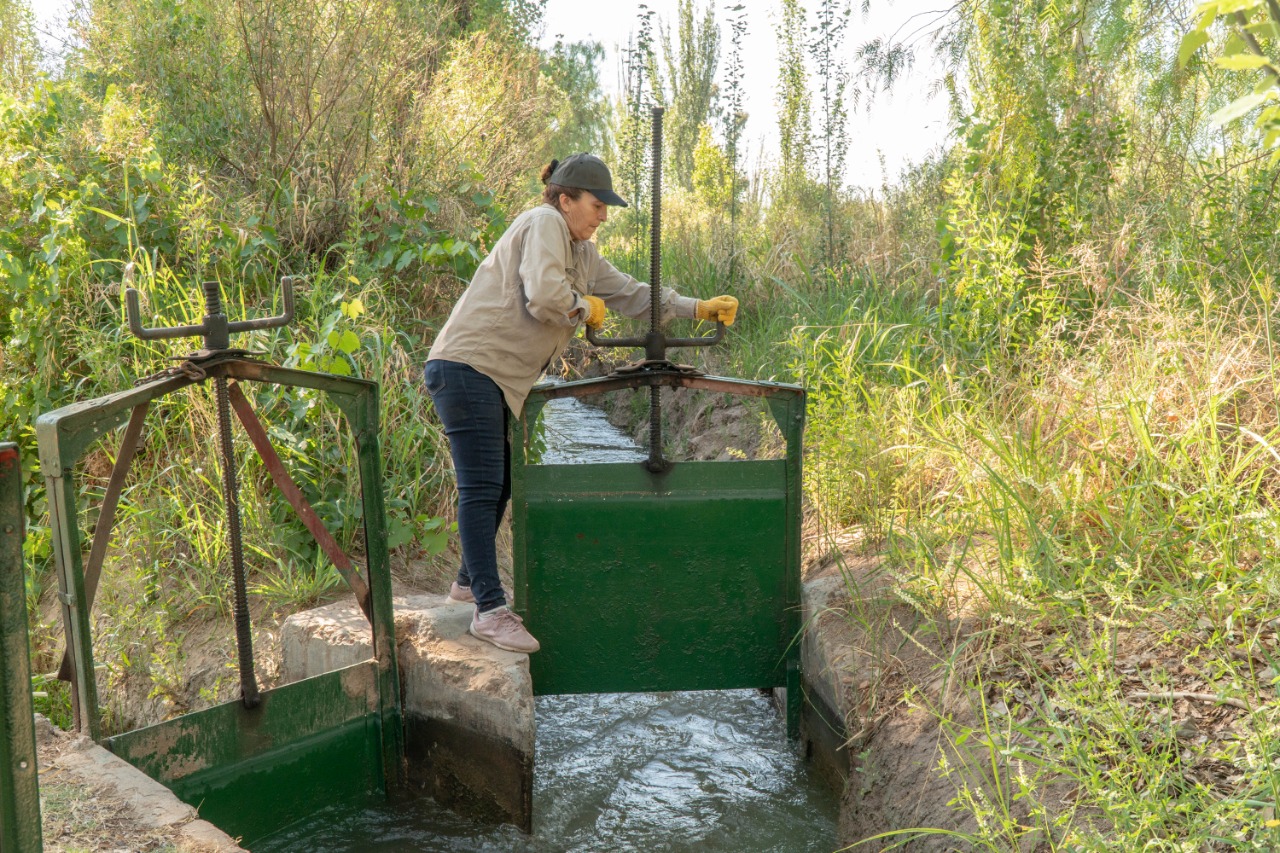
San Martín, Land of Bonarda
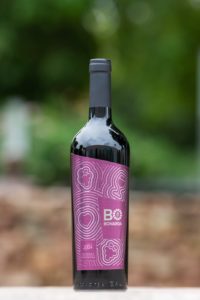
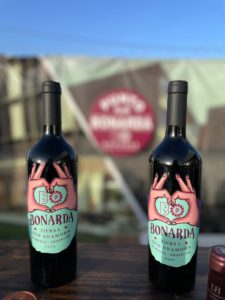
Although Argentina is worldwide known because of its Malbec, it has another red gem worth discovering: the Bonarda. You will be surprised by the deep red colour and gentle tannins of this variety and the quality of wines you may find at a convenient range of prices. You won’t regret having chosen a bottle of Bonarda Argentina and most likely, you will come back to it.
This red grape is called Bonarda Argentina or Argentine Bonarda and it is closely related to the Corbeau Noir or Douce Noir from France and the Californian Charbono. It was previously confused with the Italian Bonarda but recent ADN tests have proven they are different varieties. Nowadays just Argentina produces varietal wines with this type of grape.
Bonarda has been planted in Argentina since the beginning of its wine production. It was traditionally used for blending because of its dark deep red colour and its soft tannins. Modern viticulture has rediscovered this variety and grants great Bonarda varietal wines with a personality on its own. It is also a great partner for blending, especially with Malbec, offering a real Argentinean experience!
Its colour is ruby red with violet or purple hues. It results in juicy, vibrant wines with very well integrated acidity and alcohol. It has distinctive fruity aromas -mainly raspberries, cherries, strawberries, blackberries, plums and cassis- with an herbal hint, like roses, mint, pine tree and spicy notes. It is a pleasant and easy to drink red wine with great body and a velvety feel on the mouth that goes well with very diverse food. It matches perfectly with chicken, beef, pork or even greasy fishes like salmon.
Being an Argentine red wine you will never go wrong offering it for a barbecue. Its spicy notes go well with Middle Eastern dishes and even with exotic Asian bittersweet recipes. Overall, it is a great companion for pizza, pasta and hamburgers, so you can enjoy it on a daily basis and in all kind of contexts.
Bonarda is the second most planted red variety in Argentina with 18500 hectares, after Malbec that counts with 44.000 hectares nationwide.
Mendoza has 84% of the Bonarda production in Argentina with more than 17.000 hectares. Inside Mendoza we can also distinguish mayor plantation areas, which are San Martin (3777 ha), Lavalle (2189 ha) and Rivadavia (1868 ha).
They are all lower areas (700 masl) with dry hot weather. More than 4000 of the Bonarda vineyards in Mendoza are more than 40 years old, which offers an interesting quality of grapes. This variety found its perfect terroir in the department of Gral. San Martín, in the East of Mendoza and this region became the largest producer of Bonarda grapes at a national level.
With its rich history, exceptional versatility, and the support of San Martín’s people, Bonarda is poised to become a flagship variety for the region. That is the reason why San Martin became the International Capital of Bonarda, with its own ‘Wine Temple’, a modern events center with a hall in the shape of a big barrel. The department of San Martin also presents its own Bonarda label every year. Get to know more about the program Bonarda Argentina here.
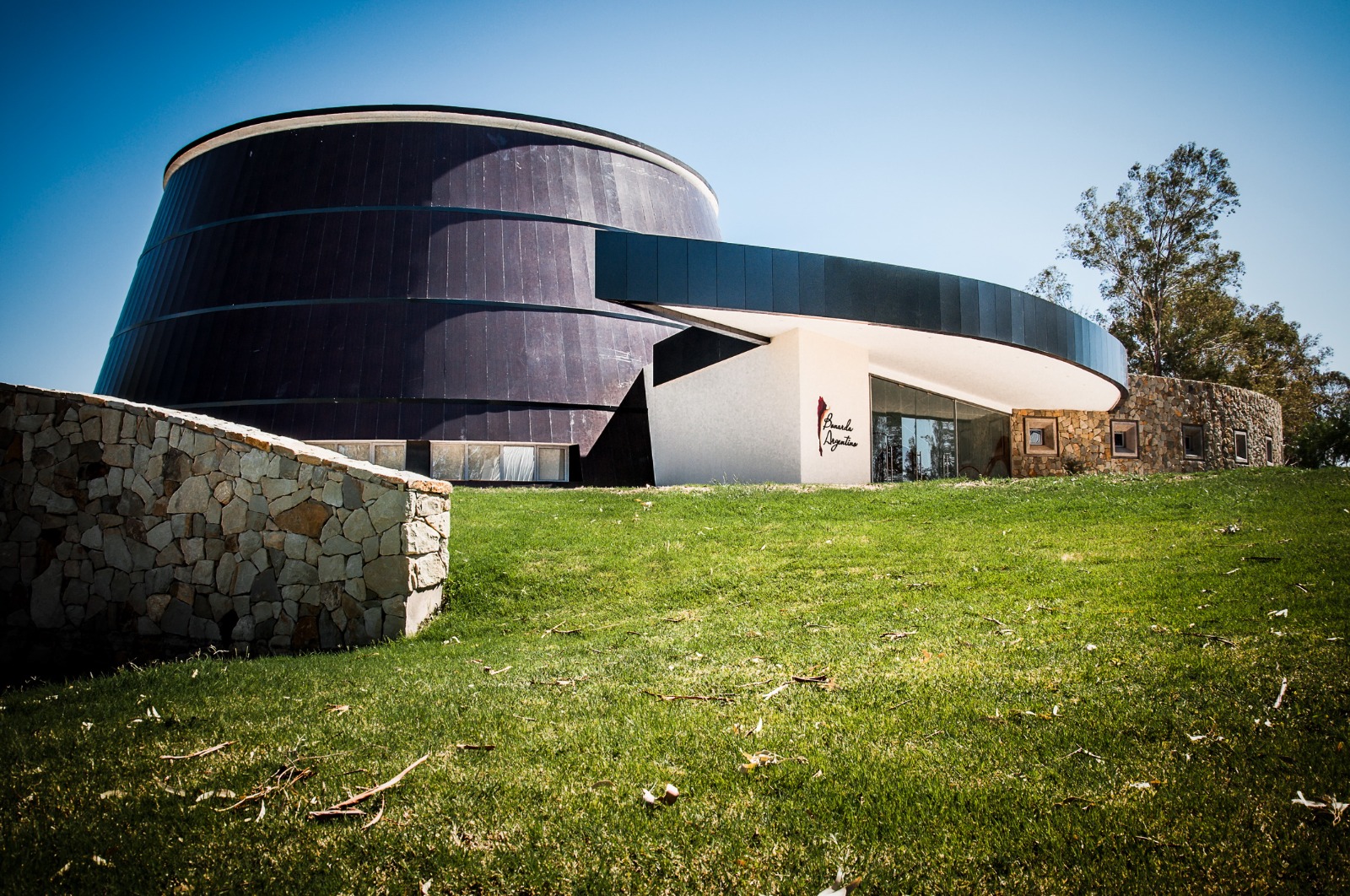
Guaymallén, the Capital of Bubbles
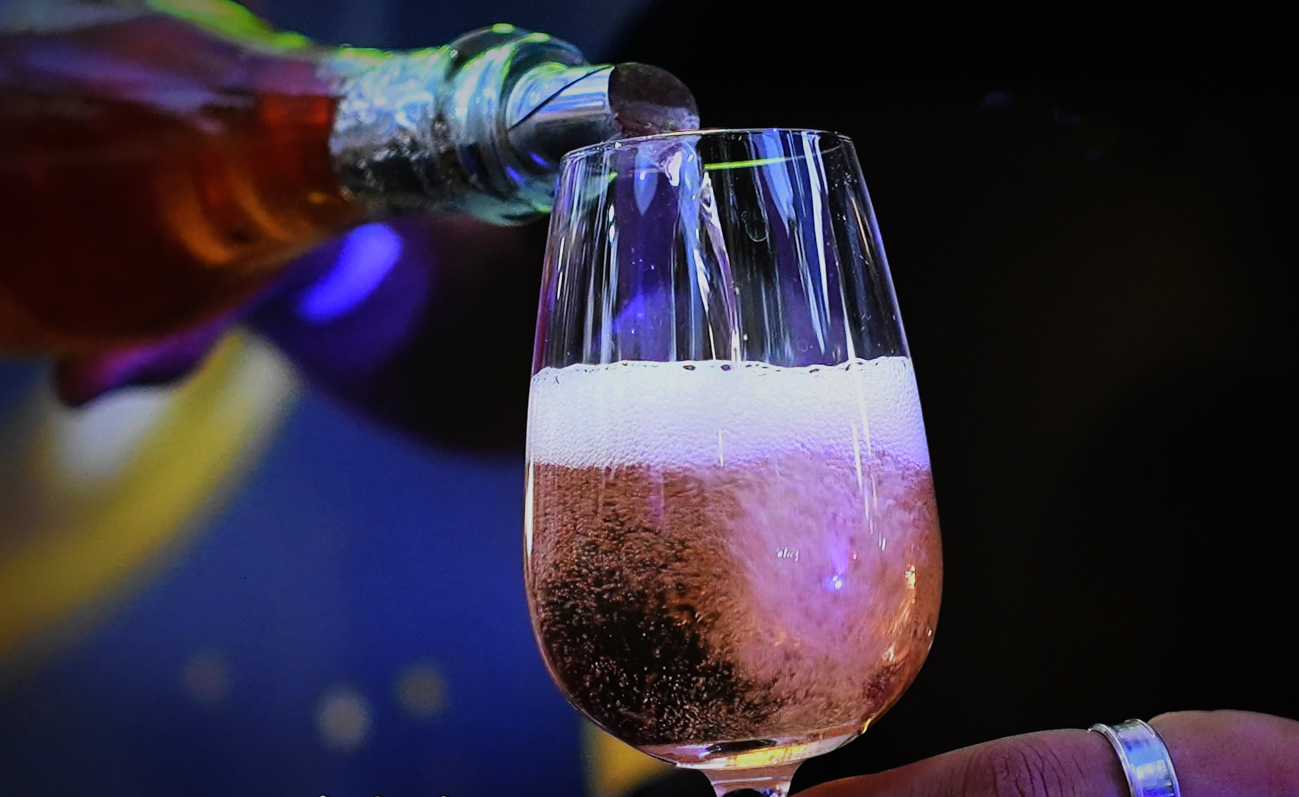
The most populated department of the province is called Guaymallén and combines both rural and urban areas. Guaymallén is home to more than 15 establishments that produce sparkling wines, with a production of 10 million bottles a year. In addition, it is part of the second green belt of the country for producing vegetables and green leaves.
The first sparkling wine of Argentina was produced in 1902 in this department, precisely, in the current Santa Ana winery, thanks to the creative spirit of the German immigrant Carlos Kalles and the Italian Luigi Tirasso. Kalles settled in Guaymallén in 1890 and set up the well-known Santa Ana Winery. Two years later he began to explore the production of sparkling wine and managed to develop it ten years later. In 1902, he presented his product in the Capital of the country and started the history of Argentine sparkling wine.
Guaymallén’s journey to becoming a sparkling wine powerhouse is a story of innovation and dedication. The region’s winemakers have embraced traditional methods, such as the Méthode Champenoise, while also experimenting with new techniques to create unique and exquisite sparkling wines. This blend of tradition and innovation has resulted in a diverse range of sparkling wines that are celebrated for their quality and character.
Cheers to the sparkling jewel of Mendoza!
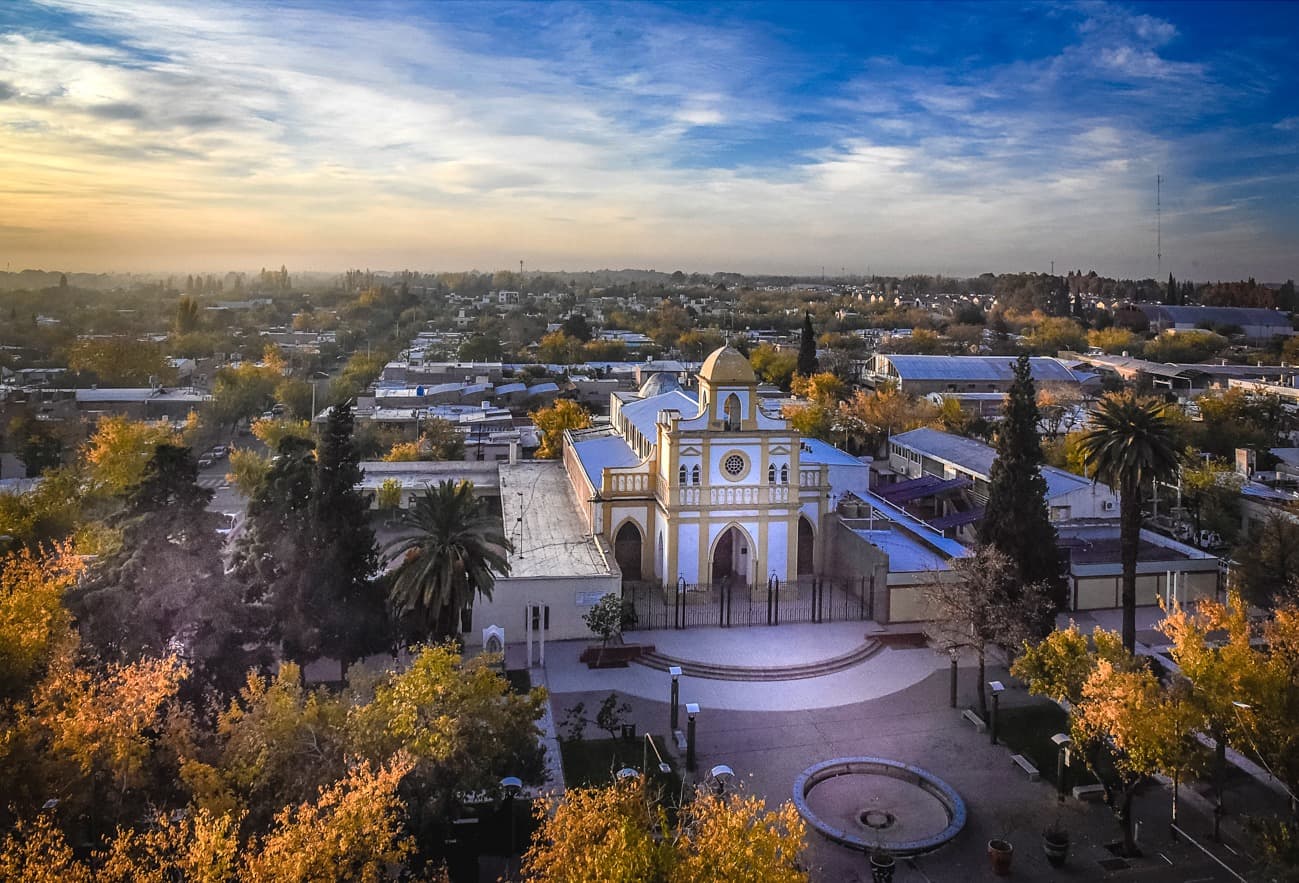
La Consulta, the wine town
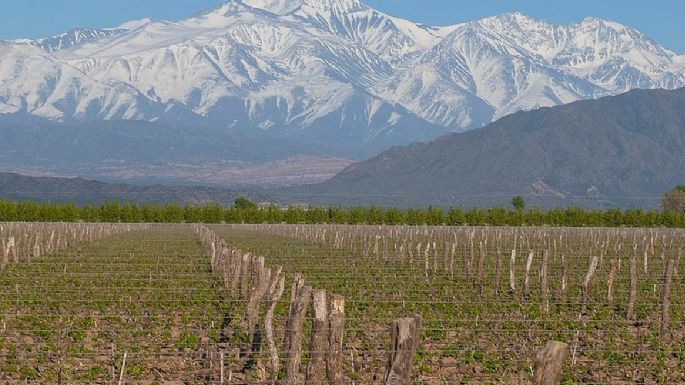
La Consulta, located in the San Carlos department of Mendoza, Argentina, is a renowned wine town celebrated for its exceptional viticulture. Nestled in the southern Uco Valley, this region benefits from its high altitude and unique climate, producing some of Argentina’s finest wines, particularly Malbec. The town’s rich history is intertwined with General José de San Martín, who, in 1816, met with the Pehuenche chief Neycuñar in La Consulta to secure safe passage through indigenous lands for his army. This strategic meeting, known as “La Consulta” (the Consultation), was pivotal in San Martín’s campaign to liberate Chile from Spanish rule. Today, La Consulta’s vineyards and wineries, continue to thrive, making it a vital part of Mendoza’s wine industry.
La Consulta offers silent sunsets, birds and rays of sunlight playing hide-and-seek with the mountains. Whispering poplars, occasional bicycles and the irrigation ditches singing their water song and bringing life to the arid soils. This rural area, with barely 10 thousand inhabitants, became the first “wine town” of Argentina. It is the heart of the Uco Valley and has an ideal climate to produce quality wines. An array of boutique wineries receives thousands of tourists per year.
Being a wine town means that the town’s identity, economy, and culture are deeply intertwined with viticulture. La Consulta’s reputation as a premier wine-producing region combines with the town’s rich history, including its connection to General José de San Martín, adding to its cultural significance, making it a unique and vibrant wine town.
The easiest way to get to La Consulta, leaving from the city of Mendoza, is to head south by National Route 40 and then take Provincial Route 92. The journey lasts 105 kilometers and about 1,5 hours. At your destination, a glass of a good Mendoza wine will be waiting for you. In the background, the singing of the water in the irrigation ditches, celebrating the end of the trip.
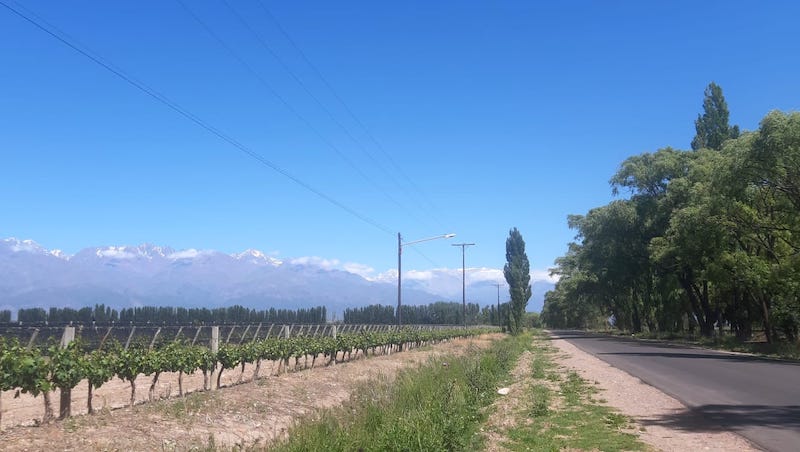
Photos and text credit: EMETUR (Tourism Board of Mendoza), Plan Bonarda Argentina.